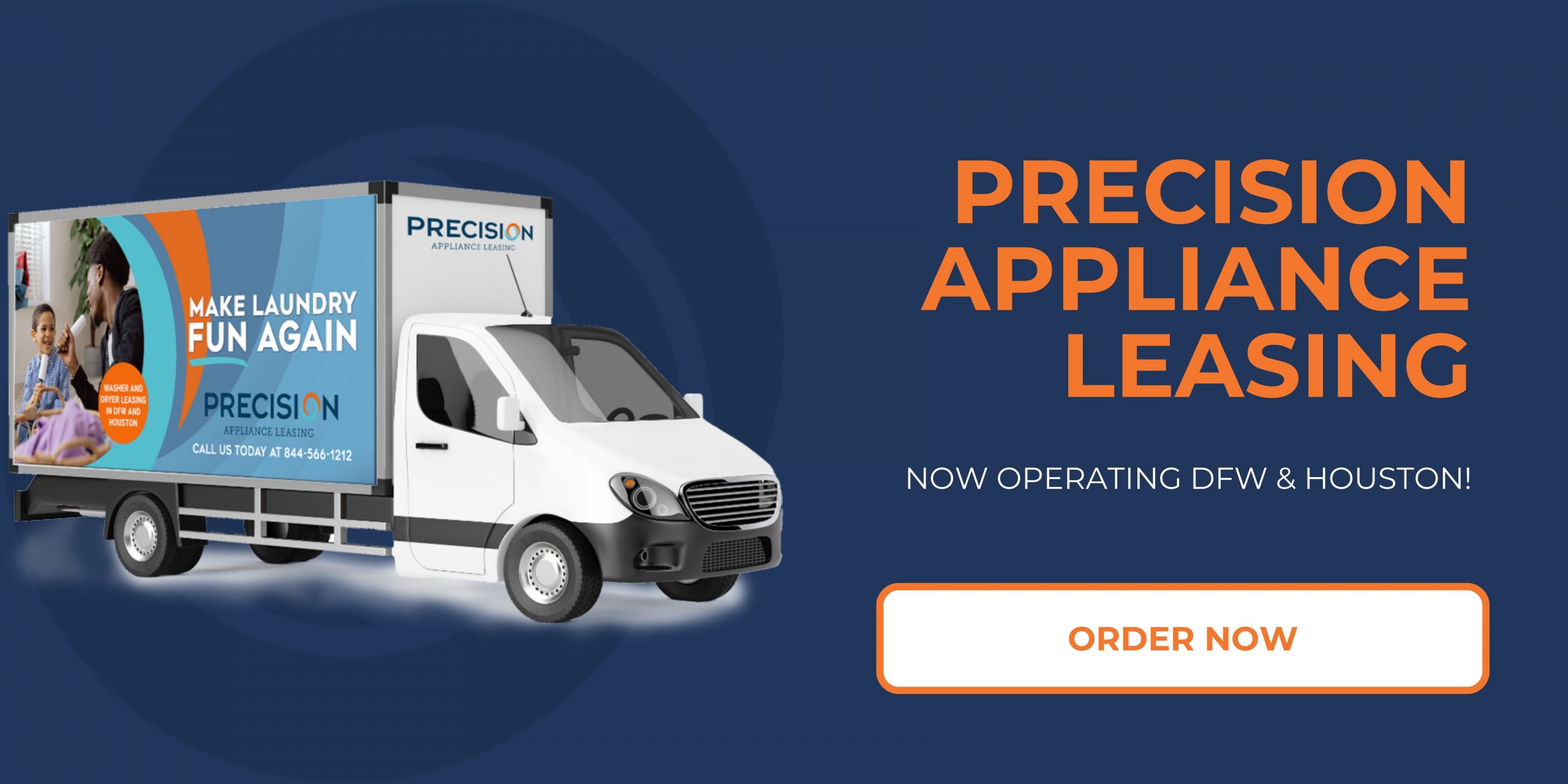Best Practices for Landlords Leasing Laundry Units in Co-Living Spaces
In recent years, co-living spaces have gained significant traction as an innovative solution catering to the evolving demands of urban dwellers. As more individuals, particularly millennials and Gen Z, gravitate towards communal living arrangements, landlords and property managers are rethinking various aspects of tenant amenities. Among these, laundry facilities have emerged as a critical consideration. The inclusion of convenient and efficiently operated laundry units can enhance the appeal of a co-living space, ultimately influencing tenant satisfaction and retention.
However, managing laundry facilities in co-living environments poses unique challenges and opportunities. With multiple residents sharing these facilities, the logistics of usage, maintenance, and communal responsibility become vital topics that landlords must navigate effectively. Adopting best practices in this area can not only streamline operations but also foster a community spirit among tenants, enhancing the overall living experience.
From selecting appropriate laundry equipment to implementing efficient reservation systems, landlords are tasked with ensuring that these amenities are both functional and accessible. Understanding the specific needs and preferences of residents is paramount, as well as making provisions for maintenance and troubleshooting to minimize downtime. By prioritizing these considerations, landlords can successfully create a laundry space that meets the growing expectations of residents while promoting a harmonious living environment. This article will explore key best practices for landlords leasing laundry units in co-living spaces, providing insights into how to optimize these essential facilities for the benefit of all.
Lease Agreements and Terms
The lease agreement is a foundational document in the rental process, especially significant in co-living spaces that provide shared amenities like laundry units. Effective lease agreements should clearly outline the terms and conditions that govern the use of laundry facilities. This includes specifying the hours of operation, the costs associated with using the machines, any limitations on usage, and guidelines for proper maintenance and care of the equipment. Additionally, providing terms regarding the consequences of non-compliance or damage to the laundry areas or machines is essential.
Best practices for landlords involve ensuring that lease agreements are comprehensive and easily understandable. This means avoiding overly complex legal jargon that could confuse tenants. Landlords should also clarify how disputes or issues related to the laundry facilities will be handled to prevent miscommunications or misunderstandings. It may be wise to include a section in the lease that outlines how tenants can report maintenance issues for laundry units, which emphasizes the importance of communication and tenant involvement in maintaining the shared amenities.
In co-living spaces, there’s often a diverse group of tenants, which can lead to differing expectations regarding communal facilities. As such, it’s beneficial to involve tenants in discussions about the lease terms specific to the laundry units. Landlords could consider holding information sessions where tenants can ask questions and voice concerns about the laundry agreements, fostering a sense of community and understanding. This not only helps in adhering to best practices but also improves tenant satisfaction and creates a more harmonious living environment.
Additionally, keeping lease agreements updated to reflect changes in regulations, technology, or tenant feedback is crucial. For example, integrating smart laundry systems that allow for cashless transactions may require revisions to the lease terms. Staying proactive and responsive to the needs of tenants will ultimately enhance the value of the co-living space while ensuring that all parties are aware of their rights and responsibilities.
Maintenance and Repair Responsibilities
In any co-living space, particularly those that include shared amenities like laundry units, clear delineation of maintenance and repair responsibilities is crucial for ensuring smooth operations and tenant satisfaction. Landlords must establish who is accountable for the upkeep of laundry facilities, which can include everything from machine repairs to maintaining a clean and safe environment. Typically, the landlord is responsible for the overall maintenance of the facilities, including the repair of broken equipment, but it is essential to communicate these responsibilities to tenants to set proper expectations and avoid conflicts.
One best practice for landlords leasing laundry units in co-living spaces is to implement a comprehensive maintenance schedule. This should outline routine inspections, cleaning protocols, and scheduled repairs. Regular maintenance and inspections can prevent issues before they escalate, ensuring that the laundry equipment remains functional and minimizing tenant complaints. Additionally, landlords may consider installing a reporting system that allows tenants to easily communicate maintenance issues as they arise, ensuring prompt attention and resolution.
It is also beneficial for landlords to educate tenants about the proper use of laundry machines and the importance of reporting any malfunctions. By doing so, landlords can help minimize damage due to misuse and maintain the longevity of the equipment. Clear guidelines should be outlined in lease agreements and communicated at move-in orientations. Furthermore, establishing a point of contact for maintenance requests—whether through an online platform or a dedicated phone line—can streamline the process and enhance tenant satisfaction.
Lastly, landlords should consider developing a contingency plan for unexpected maintenance issues. This can include agreements with local repair services that can respond quickly in case of equipment failure. By planning for emergencies and ensuring that tenants are aware of the procedure for reporting issues, landlords can foster a supportive co-living environment that prioritizes the comfort and convenience of its residents. Overall, sound maintenance and repair responsibilities not only enhance the tenant experience but also protect the landlord’s investment in the property.
Pricing Strategies and Revenue Management
Pricing strategies and revenue management are crucial components in maximizing profitability for landlords leasing laundry units in co-living spaces. In a competitive market, it’s essential for landlords to adopt effective pricing tactics that not only cover operational costs but also generate a sustainable income from laundry services. The pricing strategy should consider various factors, including the target tenant demographic, local market rates, the quality of the laundry facilities, and operational expenses. Understanding these elements will help landlords set prices that reflect the value of the laundry services provided.
One effective strategy is to implement a tiered pricing system based on the usage frequency and service quality. For instance, landlords could offer discounted rates for tenants who use laundry services frequently or provide premium options for faster service or better appliances. This strategy not only encourages tenants to utilize the laundry facilities more often but also segments the customer base, allowing for tailored pricing models that can optimize revenue. Additionally, landlords should regularly monitor and adjust prices in response to market changes, tenant feedback, and competing facilities to ensure that pricing remains competitive.
Aside from pricing, landlords should also consider revenue management tactics, such as bundling laundry services with rent or offering packages that include laundry credits. This approach not only provides convenience for tenants but also encourages them to rely on the property for their laundry needs. Implementing a prepaid laundry card system could enhance revenue upfront and also allow for better tracking of usage patterns, helping landlords to optimize operations further.
Furthermore, embracing technology can also aid in effective pricing and revenue management. Utilizing laundry management software allows landlords to monitor usage trends, adjust prices dynamically based on demand, and offer promotions or loyalty programs to enhance tenant engagement. Through strategic pricing and smart revenue management practices, landlords can ensure that their laundry units are not only meeting tenant needs but also contributing positively to the overall financial health of the co-living space.
Compliance with Health and Safety Regulations
Compliance with health and safety regulations is a critical aspect for landlords leasing laundry units in co-living spaces. Landlords must ensure that their facilities meet both local and national safety standards, which can include everything from proper electrical installations to ventilation requirements. Non-compliance not only poses risks to tenants but can also result in legal ramifications, fines, and even closure of facilities. Therefore, it is vital for landlords to stay informed about the evolving regulations that govern laundry facilities, which can vary from state to state and municipality to municipality.
A significant area of concern is the sanitation and cleanliness of the laundry units. This includes but is not limited to, maintaining hygienic washers and dryers, providing appropriate disposal methods for lint and other materials, and ensuring that the laundry area itself is regularly cleaned and maintained. It is also important to offer clear guidelines for tenants on how to use machines properly to prevent malfunctions and accidents. Doing so minimizes the risk of contamination and ensures a safe, pleasant environment for all residents.
Another key aspect of compliance involves addressing the safety of the equipment itself. Landlords should conduct regular inspections to ensure that all machinery is functioning properly and is equipped with necessary safety features. This not only protects tenants from potential injuries but also extends the lifespan of the equipment. Additionally, providing clear signage with instructions on the use of laundry machines, as well as emergency contact information, is beneficial and can prevent misunderstandings or mishaps.
Best practices for landlords regarding health and safety compliance in laundry units include implementing a regular maintenance schedule, keeping abreast of local health regulations, and fostering open communication with tenants about safety issues. Engaging tenants in the upkeep of the laundry area—such as encouraging them to report problems or participate in routine cleaning—can create a better living environment and cultivate a sense of community. Furthermore, landlords can consider obtaining certifications or special inspections to signal their commitment to safety and compliance to current and prospective tenants. By prioritizing these aspects, landlords not only ensure legal compliance but also enhance tenant satisfaction and retention in their co-living spaces.
Tenant Communication and Feedback Mechanisms
Effective tenant communication and feedback mechanisms are vital components of managing laundry units in co-living spaces. The dynamic nature of co-living situations requires landlords to maintain open lines of communication to address the various needs and concerns of tenants. Establishing a system that allows for regular feedback ensures that tenants feel heard and valued, which is essential for fostering community in shared living environments. This can include channels such as email, social media groups, or dedicated apps designed for tenant management.
One best practice for landlords is to implement a structured feedback system where tenants can easily voice their opinions about the laundry facilities. Surveys can be conducted quarterly to gauge tenant satisfaction regarding the availability, cleanliness, and functionality of laundry units. This feedback can not only help in identifying immediate issues such as malfunctioning equipment or cleanliness concerns but also highlight broader trends that may require more significant investment or changes in how the laundry services are managed.
Additionally, timely responses to tenant concerns help to build trust and enhance the landlord-tenant relationship. Ensuring that tenants receive feedback on their concerns—whether through acknowledgment of their message or updates on resolved issues—can significantly improve tenant satisfaction. For instance, if tenants report a problem with a washing machine, it is beneficial for the landlord to communicate the steps being taken to resolve the issue, as well as estimated timelines for repairs.
Moreover, the utilization of technology can streamline communication processes. Landlords might consider using dedicated apps that facilitate easy reporting of maintenance issues, scheduling of laundry times, or even community forums where tenants can share tips or suggestions. By leveraging such tools, landlords can enhance engagement and ensure that their tenants feel as though they are an integral part of the co-living community.
In conclusion, effective tenant communication and feedback mechanisms not only improve operational efficiency but also contribute to tenant retention in co-living spaces. By prioritizing transparent communication and actively seeking input from tenants, landlords can create a more harmonious living situation that meets the needs of all residents while maintaining high standards for communal facilities such as laundry units.


